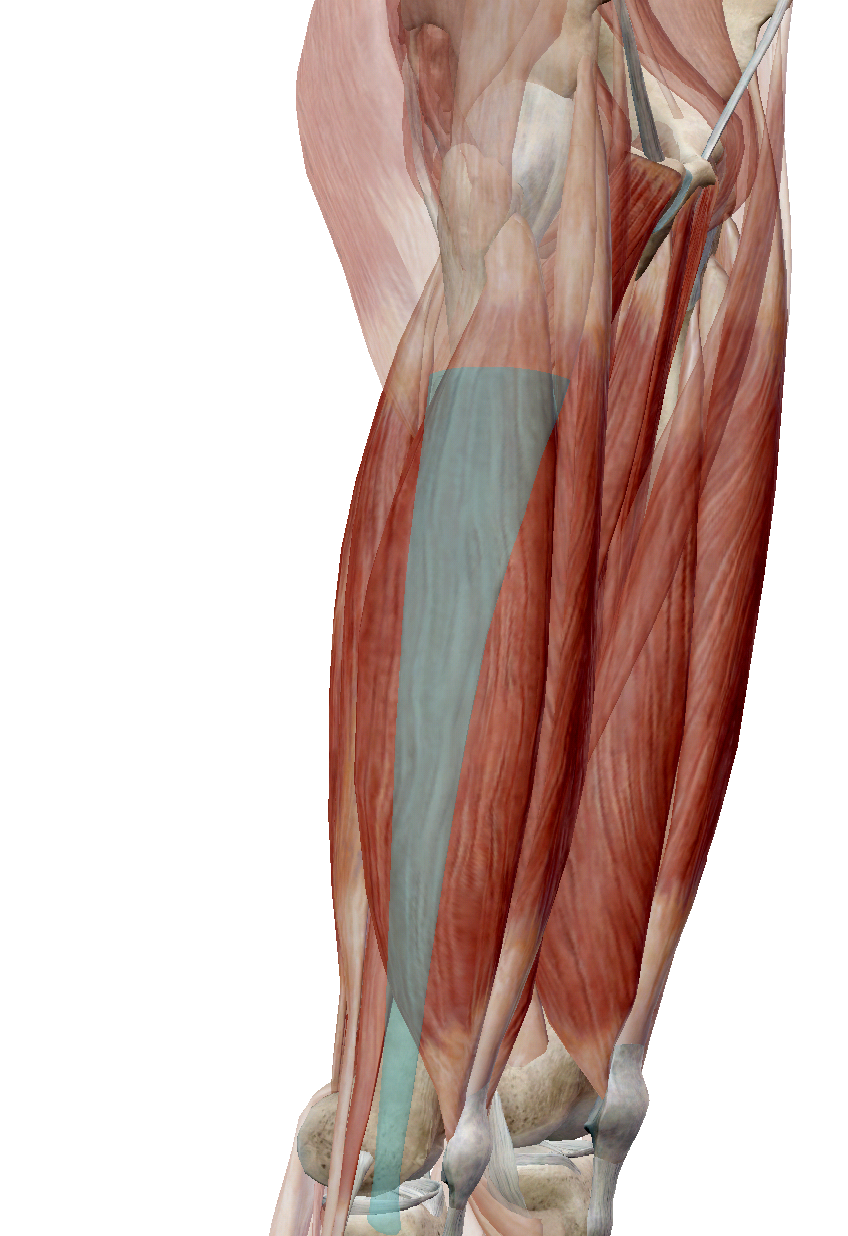Tendinopathy
is described as an overuse tendon pathology. The Achilles, rotator cuff, patella and elbow extensor tendons being the most commonly affected. Much research into how to best manage tendon pathology is currently evolving. This research is based on the continuum model presented by Cook and Purdam. This model describes 3 stages of tendon pathology (tendinopathy). Reactive, disrepair and degeneration stage. (Cook et al, 2008).
Reactive stage:
Clinically this is seen as an acutely overloaded tendon. It may be due to an increase in frequency, intensity or load to a stimulus. Typically it presents in younger populations. There is usually some swelling with increased tendon thickness. The reactive stage of tendinopathy can be quite painful. This stage responds to unloading the tendon for a period of time as further loading can exacerbate the symptoms. High load isometric exercises can be used to decrease pain and increase strength (Rio et al, 2014).
Disrepair stage
Typically affects people across all spectrums, difficult to define and usually chronically overloaded. These tendons are swollen and thickened.
Degenerative stage
Mostly seen is older populations. History of recurrent bouts of tendon pain which resolves but then returns. Has a high probability of rupture. This stage reacts well to eccentric exercises. Eccentric exercises have been shown to improve tendon structure, Ohberg et al (2004), decrease tendon vessels , Ohberg et al (2004), decrease pain Roos et al (2004) and improves return to sport, Woodley et al (2007).
In their discussion, the authors present the probability that a person may develop a reactive tendinopathy in a degenerative tendon. This makes management even more difficult. They also state that load is not defined as tensile (the amount of longitudinal stress a material can withstand without tearing) or compressive. In another study (Is compressive load a factor in the development of tendinopathy?) they discuss the possibility of compression of the tendon abutting to bony prominences throughout the skeletal system, as a possible cause. Therefore we can have tendinopathy due to too much tensile load, too much compressive load or both. This changes the management of the tendon pathology based on clinical findings.
Lewis (2010) states that the management of tendinopathy requires pain education, pain reduction, tendon unloading and then reloading. He further contends tendons need continual mechanical stimulation to remain healthy and functional. He has extended the continuum model to rotator cuff tendinopathies but notes sub acromial bursal inflammation could also be part of the presenting symptoms.
Conclusion
In closing, tendons can be difficult to manage if the right loading strategy is not implemented within the right stage. With this in mind it is also important to note different presenting clinical signs that indicate what causes pain. This will help differentiate whether tensile or compressive load has a larger or smaller role to play. With this knowledge an individualised rehab plan can be formulated to meet the presenting tendinopathy.
References
Cook J. Purdam C. (2012). Is compressive load a factor in the development of tendinopathy? British Journal of Sports Medicine, 46:163-168
Cook J. Purdam C. (2009). Is tendon pathology a continuum? A pathology model to explain the clinical presentation of load-induced tendinopathy. British Journal of Sports Medicine, 43:409-416.
Ohberg L. Alfredson H. (2004). Effects of neovascularisation behind the good results with eccentric training in chronic mid-portion Achilles tendiosis? Knee surgery, sports traumatology arthoscopy. 12:246-470
Ohberg L. Lorentzon R. Alfredson H. (2004). Eccentric training in patients with chronic Achilles tendinosis: normalised tendon structure and decreased thickness at follow-up. British Journal of Sports Medicine, 38:8-11
Rio E. Kidgell D. Purdam C. Gaida J. Moseley L. Pearce A. Cook J. (2015). Isometric exercise induces analgesia and reduces inhibition in patellar tendinopathy. British Journal of Sports Medicine
Roos EM. Engstrom M. Lagerquist A. clinical improvement after 6 weeks of eccentric exercise in patients with mid-portion Achilles tendinopathy — a randomized trial with 1-year follow-up. Scand J Med Sci Sports. 14:286-295
Woodley Bl. Newsham-West RJ. Bacted GD. (2007). Chronic tendinopathy: effectiveness of eccentric exercise. British Journal of Sports Medicine, 41:188-198
Lewis J. (2010) Rotator cuff tendinopathy: a model for the continuum of pathology and related management. British Journal of Sports Medicine, 44:918-923.




